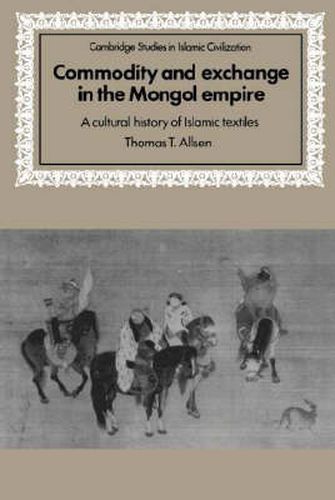Readings Newsletter
Become a Readings Member to make your shopping experience even easier.
Sign in or sign up for free!
You’re not far away from qualifying for FREE standard shipping within Australia
You’ve qualified for FREE standard shipping within Australia
The cart is loading…






In the thirteenth century the Mongols created a vast, transcontinental empire that intensified commercial and cultural contact throughout Eurasia. From the outset of their expansion, the Mongols identified and mobilized artisans of diverse backgrounds, frequently transporting them from one cultural zone to another. Prominent among those transported were Muslim textile workers, resettled in China, where they made clothes for the imperial court. In a meticulous and fascinating account, the author investigates the significance of cloth and colour in the political and cultural life of the Mongols. Situated within the broader context of the history of the Silk Road, the primary line in East-West cultural communication during the pre-Muslim era, the study promises to be of interest not only to historians of the Middle East and Asia, but also to art historians and textile specialists.
$9.00 standard shipping within Australia
FREE standard shipping within Australia for orders over $100.00
Express & International shipping calculated at checkout
In the thirteenth century the Mongols created a vast, transcontinental empire that intensified commercial and cultural contact throughout Eurasia. From the outset of their expansion, the Mongols identified and mobilized artisans of diverse backgrounds, frequently transporting them from one cultural zone to another. Prominent among those transported were Muslim textile workers, resettled in China, where they made clothes for the imperial court. In a meticulous and fascinating account, the author investigates the significance of cloth and colour in the political and cultural life of the Mongols. Situated within the broader context of the history of the Silk Road, the primary line in East-West cultural communication during the pre-Muslim era, the study promises to be of interest not only to historians of the Middle East and Asia, but also to art historians and textile specialists.